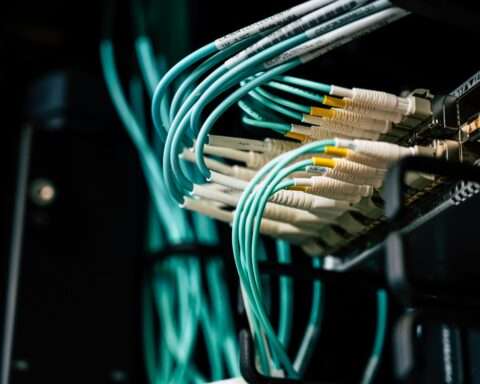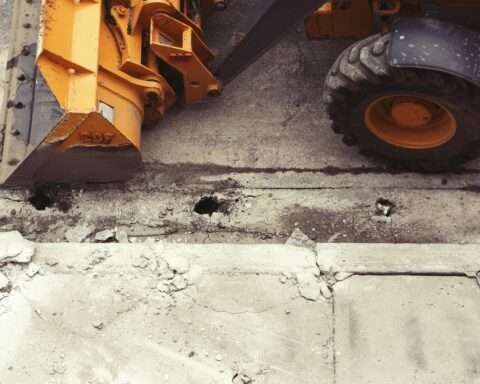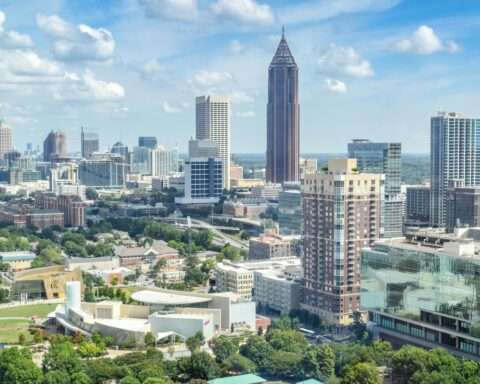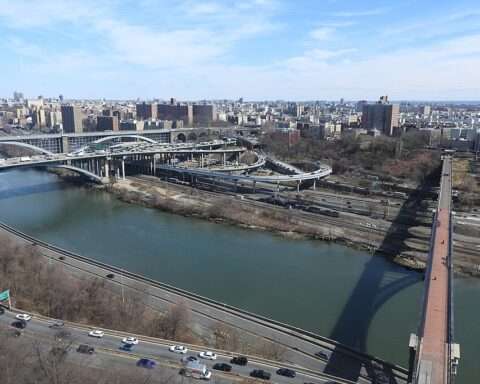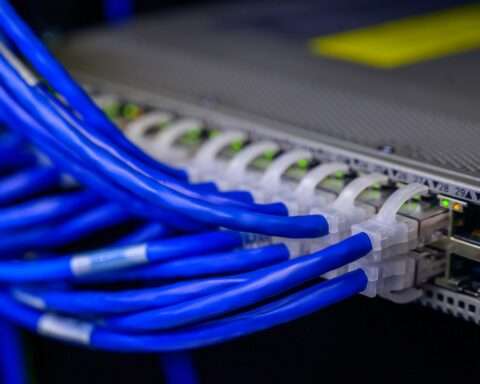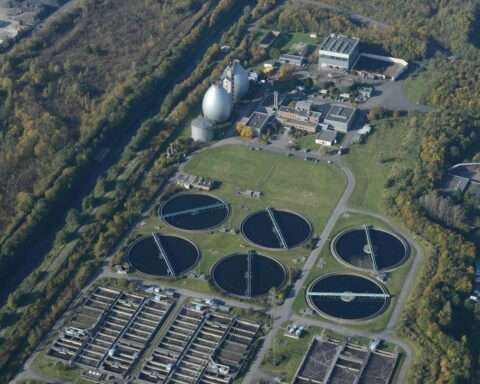The B&P Tunnel in Baltimore is one of the oldest in the nation, and traffic delays are common due to its deteriorating condition, tight curves and limited speeds.
“That tunnel is the single largest choke point along the Amtrak Northeast Corridor,” Maryland Gov. Wes Moore said during a webinar Wednesday. “It causes constant delays for over 24,000 passengers who go through it daily.”
However, the U.S. Department of Transportation’s Federal Railroad Administration announced Nov. 6 $4.7 billion in funding from the Bipartisan Infrastructure Law (BIL) to replace the tunnel with the new Frederick Douglass Tunnel. The project includes two new tunnel tubes for electrified passenger rail, bridges and rail systems and will open in 2035.
“That’s going to have significant impacts on our environment when we can have mass transit projects that are moving individuals and freight faster,” Moore said. “It’s going to have incredible psychological impact when you realize you can get to places on time and reliably. It’s going to have an impact on the real estate and the areas around because you’re going to present more options for people to live.”
The Frederick Douglass Tunnel project is part of a $16 billion package to repair aging infrastructure in the Northeast Corridor between Boston and Washington, D.C. It is also one of 40,000 infrastructure projects that has been funded through the BIL as of early November.
The Bipartisan Infrastructure Law went into effect in November 2021 and has already made more than $400 billion available nationwide. From road and bridge repairs, port and waterway expansions, airport improvements and water infrastructure construction to improving access to broadband internet and reducing greenhouse gas emissions, the law has touched almost every aspect of American life.
Prioritizing transportation
The transportation sector is one industry that is seeing some of the largest investments from the BIL.
In the state of Washington, over 5,500 highway miles and 423 bridges are ranked in poor condition, but an inflow of over $5.3 billion in federal funds aims to remedy that. The state received its third installment of over $1 billion in October with the bulk of that designated to improving highways and bridges.
“For two years, the Bipartisan Infrastructure Law has built and rebuilt our transportation systems to be cleaner, greener, safer and more accessible, creating countless jobs in the process,” said state Rep. Rick Larsen, who serves as the lead Democrat on the House Transportation & Infrastructure Committee.
Nationwide, state transportation departments have seen similar influxes of cash over the past two years as part of the BIL. It will allocate about $300 billion to repair and replace over 135,800 miles of roads and over 7800 bridges.
“With each project, we are closer to renewing our commitment to delivering infrastructure that drives the economy, expands mobility and strengthens safety,” Larsen said.
Besides highways and rail, airports and air traffic control facilities will get a boost of $25 billion for upgrades and expansions. Additional funding will help to upgrade and expand 190 terminals.
In Atlanta, the Hartsfield-Jackson Atlanta International Airport will receive a $40 million grant from USDoT and the Federal Aviation Administration to widen its Concourse D.
Tom Nissalke, assistant general manager of planning and development who oversees the ATLNext capital improvement project, said the funds will help expand the 60-foot-wide concourse to 99 feet. The airport will consolidate gates from 40 to 34 to allow for larger planes at the gates.
Staying on top of water
About $17 billion will go toward needed upgrades to ports and waterways through the Department of Transportation and the U.S. Army Corps of Engineers. The two agencies have nearly 450 projects that will help upgrade facilities. The USDoT recently issued $653 million to improve and expand 41 ports, and the USACE is seeking to improve dams by issuing $7.5 billion in loans with support from the BIL.
Clean drinking is another national priority, $50 billion will go to water systems nationwide to help replace lead pipes. The U.S. Environmental Protection Agency recently announced a partnership with underserved communities called Get the Lead Out (GLO). In total over 1,200 water and wastewater projects have been funded as well as another 400 projects focused on drought resilience.
Keeping the country connected
One goal of the BIL is to provide every household with access to high-speed internet. The bill invests $65 billion in broadband connections. States are working on plans on how to allocate funding, which includes offering affordable broadband options. To date, the federal Affordable Connectivity Program has helped 21 million low-income households access free or discounted broadband.
The nation’s power grid will also see $20 billion for upgrades. This is part of the $62 million the Department of Energy will receive for clean energy technologies and upgrades. The DoE also announced in October $7 billion for seven regional clean hydrogen hubs that will produce energy for industrial manufacturing and heavy-duty shipping sectors. These hubs could help produce enough hydrogen annually to meet one-third of the 2030 production goal.
The U.S. has also honed in on expanding its nationwide network of EV charging stations. Over $7.5 billion has been awarded for constructing new locations, and more than 161,000 charging ports are now available along major highways.
Besides helping to accelerate infrastructure projects, the BIL has also helped drive more than $614 billion in manufacturing and clean energy projects from private companies. Of that, $142 billion in private investment will fund new facilities and jobs for EVs and batteries. One of the largest announced investments is in Pembroke, Georgia, where Hyundai Motor Group and LG Energy Solution are investing about $7.6 billion in an EV and battery cell manufacturing joint venture.
Strategic Partnerships, Inc., has been tracking the Bipartisan Infrastructure Law since it was enacted and can provide detailed information on existing funding, future funding or contract opportunities. For more information, contact research@spartnerships.com.





